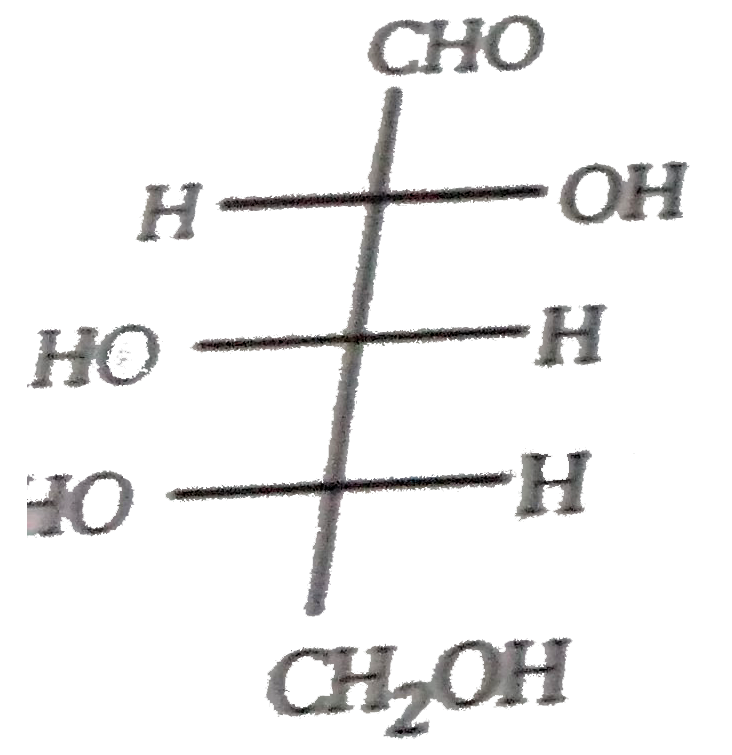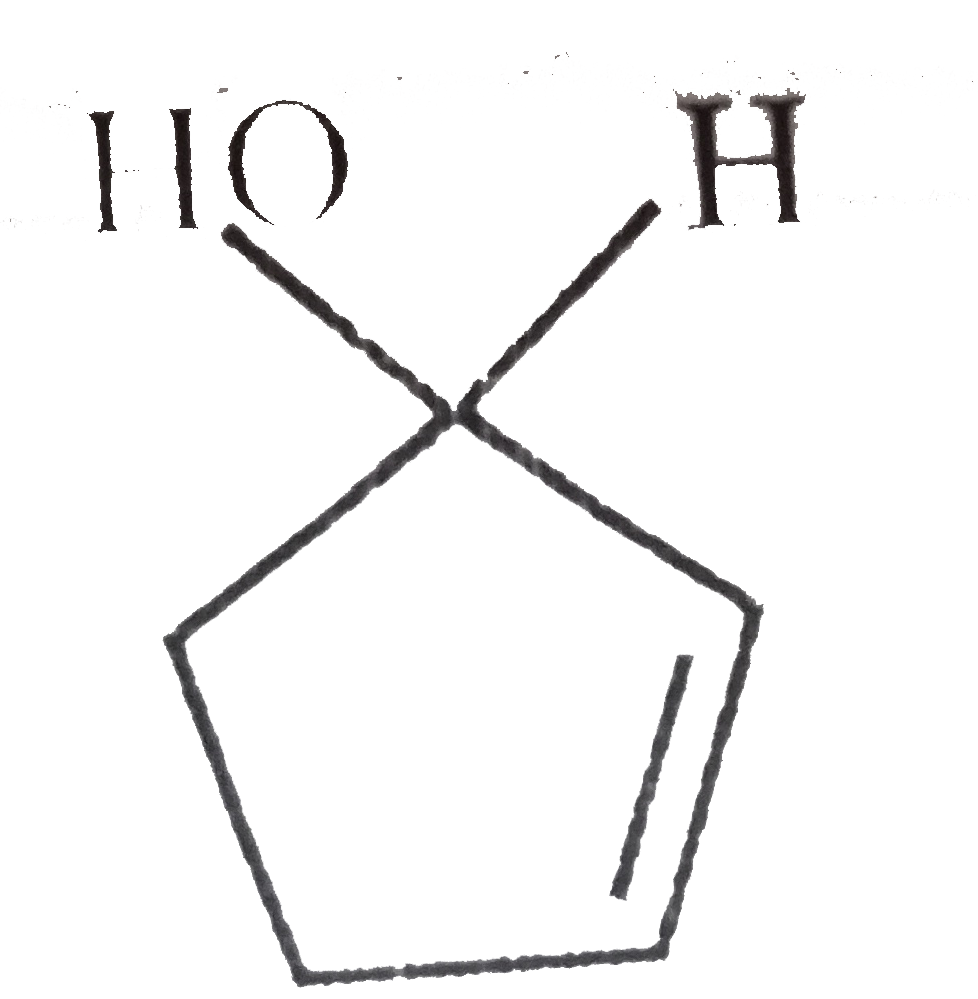Which L-sugar on oxidation gives an optically active dibasic acid (2 COOH groups) ?
A

B

C

D

Video Solution
Text Solution
The correct Answer is:A
L-sugar → a, d

|
Updated on:21/07/2023
Related Playlists
- BOOK - MS CHOUHANCHAPTER - BIOMOLECULESEXERCISE - Level 1 (Q.31 To Q.50)1videos
BIOMOLECULES
- BOOK - MS CHOUHANCHAPTER - BIOMOLECULESEXERCISE - Level 21videos
BIOMOLECULES
- BOOK - MS CHOUHANCHAPTER - AROMATIC COMPOUNDSEXERCISE - Additional Objective Questions (Matrix Match Type)2videos
AROMATIC COMPOUNDS
- BOOK - MS CHOUHANCHAPTER - CARBENE AND CARBENOIDSEXERCISE - ADDITIONAL OBJECTIVE QUESTIONS (Single Correct Choice Type)26videos
CARBENE AND CARBENOIDS
Knowledge Check
- Question 1 - Select One
Which is optically active :-
A B
B C
C D
D
- Question 1 - Select One
Which compound is optically active
A4-chloro, 1-hydroxybutaneB3∘ - Butyl alcoholCSecondary butyl amineDn-butyl alcohol - Question 1 - Select One
Which is a optically active compound ?
AButan-2-olBIsopropyl chlorideCNeopentyl alcoholDTertiary butyl alcohol - Question 1 - Select One
Which complex is optically active ?
A[Co(en)3]+2Btrans-.[Co(en)2Cl2]+CC is - [Co(en)2Cl2]+D(1) and (3) both - Question 1 - Select One
The amino acid which Is not optically active is
Alactic acidBserineCalanineDglycine - Question 1 - Select One
The alcohol , which is optically active is
A1-PropanolB1-ButanolC1-PentanolD1-Pentanol - Question 1 - Select One
Which of the following is optically active
AEthylene glycolBOxalic acidCGlycerolDTartaric acid - Question 1 - Select One
Which of the following amino acid is not optically active ?
AGlycineBProlineCSerineDLeucine - Question 1 - Select One
Which of the following is optically active
AEthylene glycolBOxalic acidCGlycerolDTartaric acid

